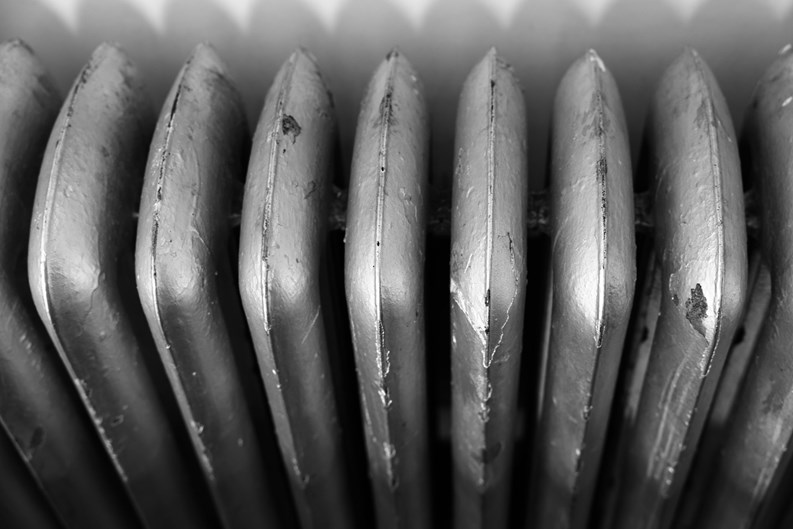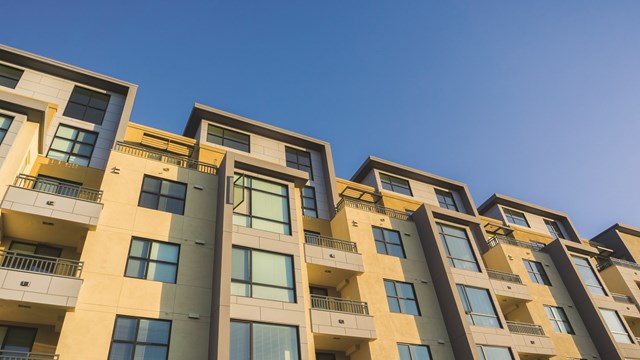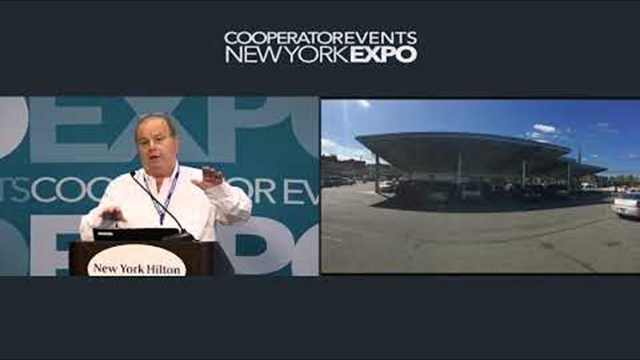The quest to achieve a zero carbon footprint by 2050 - the holy grail set by New York City to battle global climate change - is far reaching. So far reaching in fact, it involves nearly every component of building function and construction.
For the most part, NYC was developed during a time of cheap and plentiful carbon-based fuels, with the majority of buildings (both residential and commercial) being erected long before the high-pitched alarm now sounding over climate change. Providing heat and hot water was typically done via large boilers that were fired first by coal, then by various grades of oil – some more polluting than others - and now by natural gas, which was heralded as the clean fuel of the future, but which also emits its share of carbon.
The next step in the process of reducing and ultimately eliminating the harmful environmental impact of HVAC is to convert from combustion to electric generation. To oversimplify, it means getting rid of boilers altogether, and combining heating with cooling. No more boilers, no more window A/C units, which contribute to warming in their own fashion.
This goal should be accomplished easily enough by replacing our current systems with individual heat pump units that run on electricity, right? If said electricity is produced by carbon-zero renewable sources, the problem would be solved. But wait - like so much of the climate crisis, the fix is not so simple.
New vs. Existing
New York City and the real estate development industry have already begun the process of converting to renewably-sourced HVAC, and lowering or eliminating the carbon footprints of their buildings. The first step was taken by eliminating gas-powered kitchen appliances in newly-built buildings, and by installing individual heat pumps in new residential construction rather than boiler-based radiator systems.
In a big change for New Yorkers, individual residents are now also responsible for their own heating costs. In the past, heat was nearly always included in rent, maintenance, and common area charges. The change may bring the appearance of lower monthly costs - particularly to co-op and condominium owners - though total monthly costs may remain the same, or be somewhat higher due to the cost of electric usage now billed directly to individual residents.
In new buildings, the new electric-based reality is a fact of life and easily implemented. That’s not so much the case in existing buildings faced with the city’s zero emissions goal requirements. In fact, more than one attorney has told this reporter that they will recommend to some existing co-op and condo clients that they just pay the fines for noncompliance rather than incur the costs entailed with achieving compliance. Certainly an argument can be made that that advice defeats the whole purpose of the laws. But with that said, what is the practicality of converting a residential building’s carbon-fueled, boiler-based, radiator heating system to electric-powered heat pumps?
The Reality
According to Giulia Alimonti, VP of Entuitive, a Canadian-based architectural and engineering firm with offices in the U.S., the process of replacing a multifamily residential heating system is very complicated.
“While it can be done on a unit-b- unit basis,” she says, “it’s really a building-wide project. And every building is different - but let’s assume it’s a two-pipe steam radiator system. The project would start with a building-wide assessment of the condition of all related systems. Then a plan would be put in place to determine how to remove the existing radiator units. This would include draining the existing risers, cutting the pipes to take out the existing radiators and cabinets, and installing new risers for the heat pumps to pump air.”
While anecdotally we hear about co-op and condo purchasers removing themselves from the building’s boiler system when they purchase and renovate existing apartment units, Alimonti says, “That’s not always feasible. Read your bylaws. You may be able to do it, but it depends on the bylaws. Typically, in a co-op, the shareholder doesn’t own the radiators. Technologically, it can be done in one apartment, but the shareholder may not be permitted or entitled to do it. Also, heat pumps are outdoor/indoor units and need connections - so where are you putting them? The exterior component is a condenser/compressor. You really need an entire building system. One for the entire building with meters for each unit.”
If that all sounds expensive…it is. “The useful life of a new heat pump is approximately 15 years,” says Alimonti, “and the approximate replacement cost can range between $2,550 to $10,000 per radiator - usually closer to $10,000. The breakeven is about ten years. There are some financing credits available, and there will continue to be.” These credits come through multiple state and utility sources, which your manager can help identify and guide your board to decide which makes the most sense for your particular building.










Comments
Leave a Comment